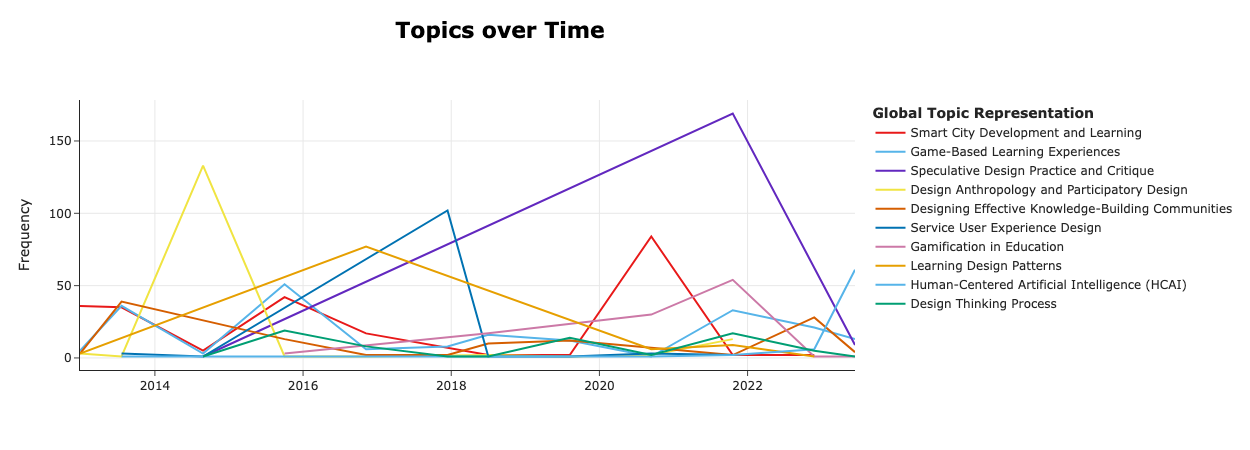The evolution of network technologies and the miniaturization of electronics have promoted the rapid transition to completely new socio-environmental conditions:
– life takes place in more nomadic situations where individuals switch in a very natural manner from reality to ‘virtuality’ as if they were both part of a continuum fluid;
– immaterial knowledge became ‘open’ and ‘in progress’;
– training became lifelong and frontiers between formal and informal learning blurred;
– the pervasiveness of the ‘machine’ is reshaping physical environments and enabling individuals to interact in a more natural way using gestures, words and emotions; environments will perceive individual’s feeling, co-evolve to satisfy personal needs, flexibly reconfigure to fit characteristic of the context and peculiarities of ‘local’ cultures and communities; in some sense they are becoming ‘Liquid Places’; all this will bring individuals to give less importance to functional aspects and more to the ‘experience qualities’ and ‘experience styles’ that define the one’s personal experience.
The above features concur to draw a new era: the ‘organic era of interaction’.
In this new era the Design is assuming a new centrality for learners, educators, practitioners … for all, and we need to promote the dissemination of a design literacy in order to allow individuals to understand the nowadays complexity and to foresee the future of the physical and virtual interconnected places that we shall populate.
In this new era it is also natural to meditate on present and future weight of local cultures with respect to the globalization which tends to be favored by the massive spread of the media and the ‘machine’.
Indeed, for several years now, the Designers engaged themselves in finding ‘glocal’ concepts and solutions in which the peculiarities of the local culture could be combined with the universal characteristics of human behavior and, at the same time, with the requirements put forward by production processes on an industrial scale.
Topics of Interest
- Computer-mediated experiences
- Interaction design, human-computer interaction and beyond
- Design for the experience
- Experience’s dimensions (physical, cognitive, social, emotional, etc…), styles, qualities and their monitoring
- Design for well-being
- Perceptive, reactive and co-evolving virtual/physical/mixed environments and architectures
- System design, distributed environments and complexity
- Smart city, villages and territories: quality of life and learning
- Cooperative/collaborative/social environments for learning, working, entertainment, etc …
- New design processes, methodologies and technologies for collaborative learning and working
- From Media literacy toward Design literacy: strategies, process, methodologies and tools
- Future visions, concepts and practical realizations anticipating them
- Balancing and supporting local culture, communities and personal identities
- Sustainability of the design
Topics over the years: the 10 top topics
(from a topic modelling process design by Razvan Paroiu and applied to the colection of the paper published buy the journal from 2013 up to now)

